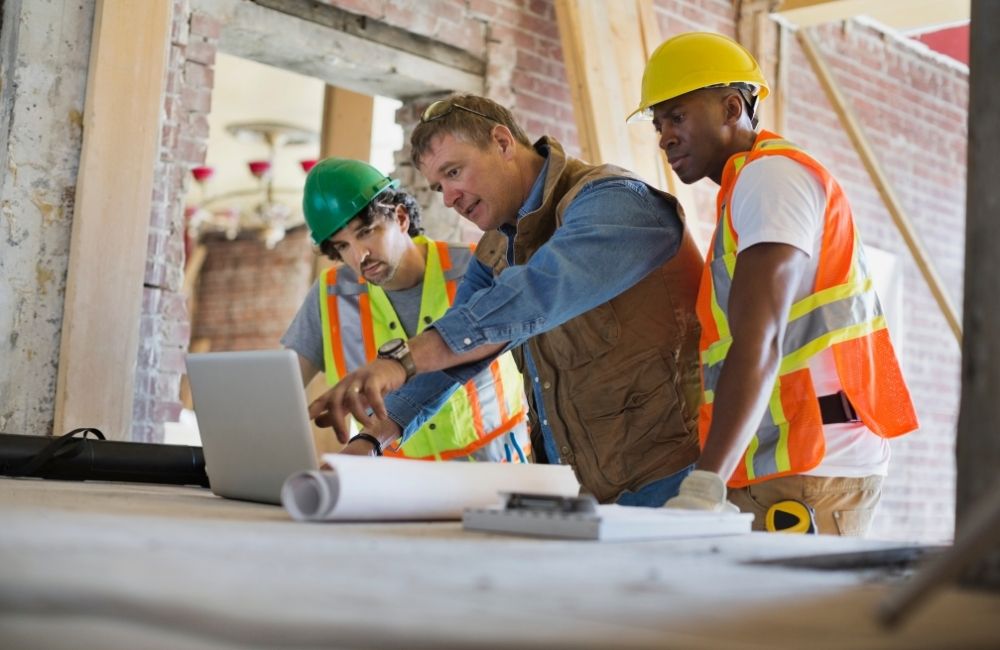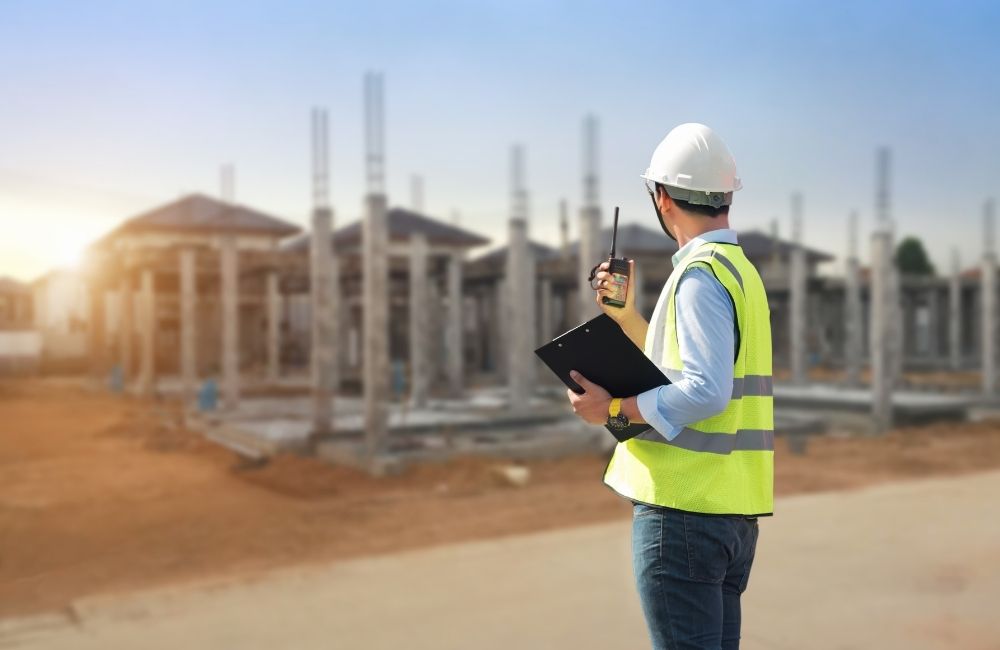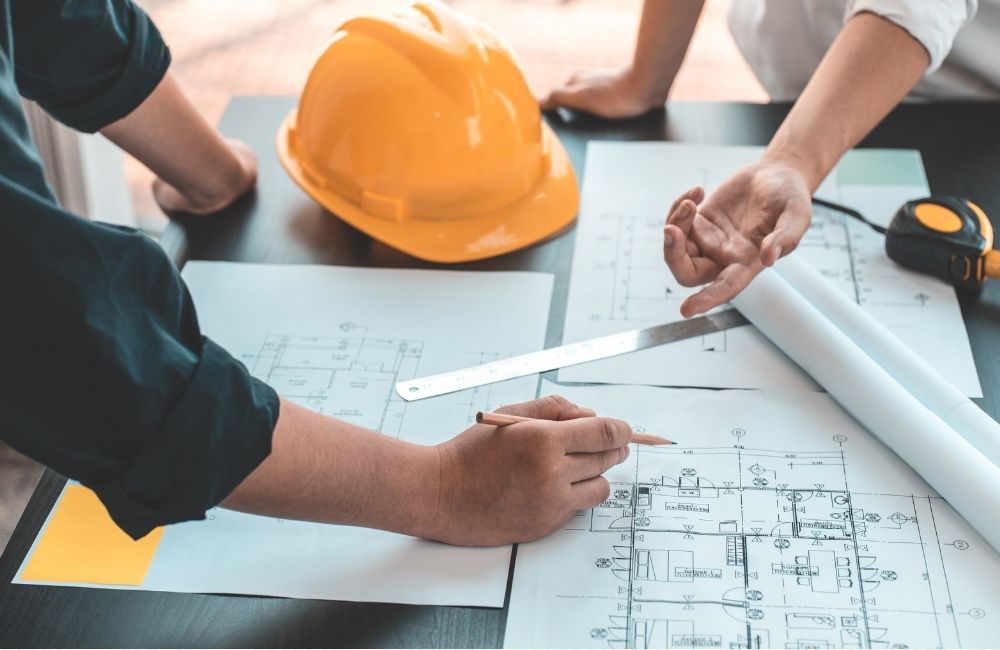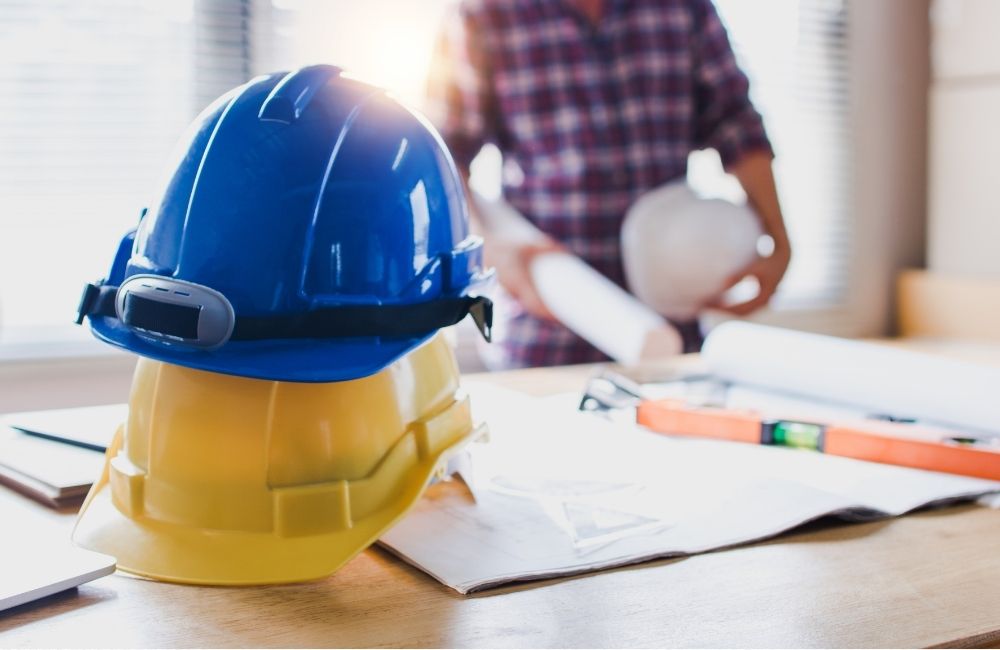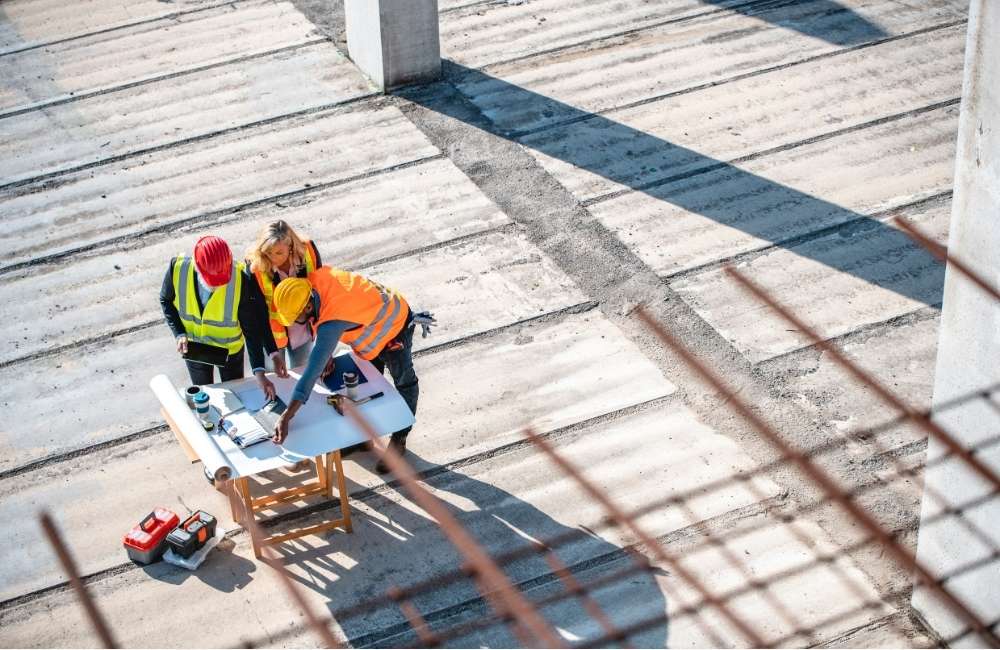Commercial construction costs per square foot in the United States are influenced by various factors that fluctuate from year to year. In 2025, the commercial construction industry faces unique challenges due to rising material prices, labor shortages, and evolving regulatory demands. Understanding the costs associated with different regions and building types is essential for developers, contractors, and business owners looking to plan their next project efficiently.
Here are the primary factors impacting commercial construction costs and practical tips for accurate cost estimation and reduction.
Table of Contents
6 Factors That Influence Commercial Construction Costs in 2025
- Material Costs
- Labor Costs
- Location Factors
- Building Type and Design Complexity
- Market Conditions
- Regulatory and Compliance Costs
Average Commercial Construction Costs per Square Foot by Region
How to Accurately Estimate Your Commercial Construction Costs
Partner with Claris Design•Build for Your Next Commercial Construction Project!
Key Takeaways
✔ Steel and lumber prices remain unpredictable in 2025, driven by factors like tariffs and fuel costs.
✔ Wages for skilled trades such as electricians and plumbers continue to increase, exacerbated by an aging workforce and labor shortages.
✔ Coastal and urban areas like New York and San Francisco have significantly higher construction costs compared to rural and midwestern regions.
✔ Complex structures like healthcare facilities and high-rise offices cost more per square foot than industrial or retail spaces.
✔ Inflation and interest rates directly affect construction costs, with 2025 projections indicating inflation at around 3% and potential rate cuts by the Federal Reserve.
✔ Compliance with codes like IBC and LEED significantly raises expenses, especially in states like California and New York.
✔ Costs vary widely by region, with the Northeast and West Coast being the most expensive areas for commercial construction.
✔ Thorough site evaluations help identify challenges early and reduce unexpected expenses.
✔ Leveraging modern technology for budgeting and forecasting helps prevent overruns.
✔ Working with professionals, including architects and project managers, optimizes project efficiency and cost management.
6 Factors That Influence Commercial Construction Costs in 2025
1. Material Costs
Material prices significantly influence commercial construction expenses, and recent data indicates that these costs continue to rise in 2025. According to CoreLogic's Construction Cost Update for January 2025, reconstruction costs for labor and materials have seen notable increases, reflecting the impact of emerging markets and economic trends on construction costs.
Steel
The price of steel has experienced substantial fluctuations over recent years. In mid-2020, steel rebar was priced at around $425 per ton, rising to a peak of $950 per ton in March 2022. As of February 2025, the price is at approximately $912 per ton. This volatility affects project budgeting and necessitates close monitoring of steel market trends.
Lumber
Lumber prices have also been volatile. Factors such as tariffs on Canadian lumber imports have contributed to these fluctuations. For instance, threats of increased tariffs by the U.S. administration could push Canadian lumber producers to move operations closer to the U.S. southern border and seek new international markets, potentially disrupting supply chains and increasing lumber prices
Concrete and Asphalt
Concrete and asphalt prices have risen due to increased fuel and raw material costs. The U.S. Bureau of Labor Statistics notes that fuel prices are often volatile, impacting the cost of materials like asphalt used in paving and roofing. This volatility underscores the importance of monitoring energy markets when forecasting construction expenses.
2. Labor Costs
Labor costs in commercial construction have been on the rise, influenced by various factors including wage growth, workforce demographics, and productivity trends.
Wage Growth
According to the U.S. Bureau of Labor Statistics (BLS), wages and salaries increased by 3.7% for the 12-month period ending in December 2024, following a 4.3% increase in the previous year.
Skilled Trades
Specific trades within the construction industry have experienced notable wage increases:
- Electricians: As of May 2023, the median annual wage for electricians was $61,590, equating to approximately $29.61 per hour. The top 10% of earners in this field made over $104,180 annually.
- Plumbers, Pipefitters, and Steamfitters: The median annual wage for these professionals was $61,550 as of May 2023, or about $29.59 per hour. The highest 10% earned more than $103,140 annually.
General Labor
Construction laborers and helpers had a median annual wage of $44,310 in May 2023, translating to approximately $21.30 per hour.
Workforce Demographics
The construction industry is facing a significant challenge with an aging workforce. Many experienced workers are retiring, and there is a shortage of younger workers entering the trades. This demographic shift contributes to the scarcity of skilled labor, driving up wages as employers compete for qualified workers.
3. Location Factors
Geography plays a pivotal role in determining commercial construction costs across the United States. Urban areas and coastal cities typically experience higher construction expenses due to elevated labor rates, stringent building codes, and increased material costs. Conversely, rural and midwestern regions often benefit from more cost-effective construction environments.
Urban and Coastal Cities
Major metropolitan areas such as New York City and San Francisco are renowned for their high construction costs. In New York City, construction costs range from $350 to $870 per square foot. Similarly, in San Francisco, construction costs for high-rise buildings can range from $380 to $850 per square foot, reflecting the city's status as one of the most expensive construction markets. Several factors contribute to these elevated costs:
- Labor Rates: The cost of living in urban centers drives up wages for construction workers, resulting in higher labor expenses.
- Material Availability: Limited space and logistical challenges in dense cities can increase the cost of transporting and storing construction materials.
- Regulatory Requirements: Stringent building codes and zoning laws, often more rigorous in urban areas, necessitate additional compliance measures, further escalating costs.
Midwestern and Southern Cities
In contrast, cities like Chicago and Dallas offer more moderate construction costs, typically ranging from $180-$400 per square foot. Factors contributing to these more manageable expenses include:
- Lower Labor Costs: A lower cost of living translates to reduced wages for construction personnel.
- Material Accessibility: Proximity to manufacturing hubs and less congested transportation networks facilitate easier access to construction materials.
- Regulatory Environment: Building codes and regulations may be less stringent, reducing compliance-related expenditures.
4. Building Type and Design Complexity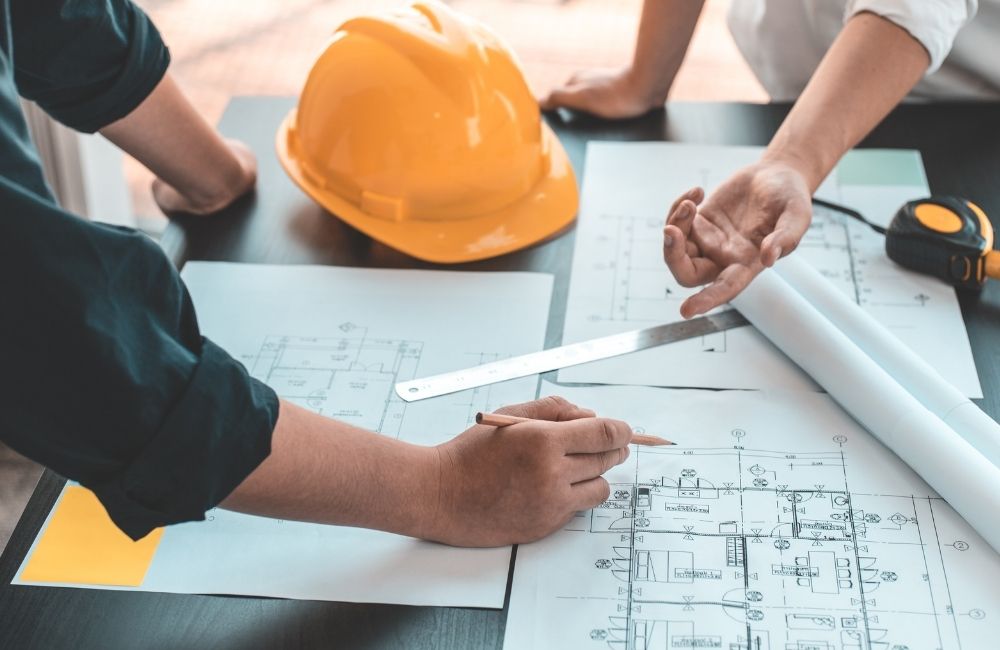
The type and design complexity of a commercial building significantly influences its construction cost per square foot. Factors such as structural requirements, intended use, and the inclusion of specialized systems contribute to the overall expenses.
Office Buildings
- Single-Story Office Buildings: These structures typically range from $240 to $440 per square foot. The variation depends on factors like location, materials used, and interior finishes.
- Mid-Rise Office Buildings: For buildings between 5 to 10 stories, costs generally fall between $330 and $870 per square foot. The increased structural requirements and the need for elevators contribute to higher costs.
- High-Rise Office Buildings: Structures exceeding 10 stories can cost between $430 and $1,001 per square foot. The complexity of design, advanced structural systems, and additional safety measures escalate expenses.
Industrial Facilities
- Warehouse Spaces: Costs for standard warehouses generally depend on factors like location, design complexity, and material quality. During the last quarter of 2024, Portland ranked among the most expensive U.S. cities for industrial warehouse construction. Building a warehouse in the city could cost between $165 and $275 per square foot.
- Light Industrial Buildings: Facilities designed for manufacturing or assembly typically range from $150 to $300 per square foot, reflecting the need for specialized systems and infrastructure.
Healthcare Facilities
- Medical Office Buildings: These facilities typically range from $375 to $1,018 per square foot, influenced by factors such as location, design complexity, and the inclusion of specialized medical systems.
- Hospitals: Comprehensive healthcare facilities can range from $450 to $1,020 per square foot, reflecting the need for advanced medical equipment, stringent regulatory compliance, and specialized infrastructure.
Educational Buildings
- School Facilities: Costs for educational institutions typically range from $300 to $380 per square foot, depending on factors like location, design complexity, and the inclusion of specialized facilities such as laboratories or auditoriums.
Hospitality (Hotels)
- Three-Star Hotels: Construction costs generally range from $180 to $260 per square foot, influenced by factors such as location, design complexity, and the quality of amenities provided.
- Five-Star Hotels: Luxury establishments can range from $330 to $550 per square foot, reflecting the need for high-end finishes, extensive amenities, and sophisticated design elements.
5. Market Conditions
Economic factors such as inflation and interest rates play a crucial role in shaping construction costs. In 2025, these elements present unique challenges that developers must navigate to maintain project viability.
Inflation Trends
As of early 2025, the United States has experienced notable inflationary pressures:
- Recent Data: The Consumer Price Index (CPI) increased by 0.5% month-over-month in January 2025, following a 0.4% rise in December 2024. This uptick has elevated the year-over-year headline CPI to 3%, up from 2.9% in December. Core CPI, which excludes volatile food and energy prices, rose by 0.4% in January, bringing the annual core inflation rate to 3.3%.
- Federal Reserve Projections: The Federal Reserve has adjusted its inflation expectations, forecasting that the Personal Consumption Expenditures (PCE) price index will reach an annual rate of 2.7% by the end of 2025, moving further from the central bank's 2% target.
Interest Rate Dynamics
Interest rates significantly influence the cost of financing construction projects:
- Current Rates: The Federal Reserve has maintained the federal funds rate at its current level of 4.25% to 4.50% as of March 2025, pausing further cuts amid ongoing economic uncertainties.
- Future Projections: Market analysts anticipate that the Federal Reserve may implement rate cuts later in 2025, with forecasts suggesting the federal funds rate would decrease to approximately 3.75% to 4% by December 2025.
6. Regulatory and Compliance Costs
Stricter building codes and sustainability certifications, such as the International Building Code (IBC) and Leadership in Energy and Environmental Design (LEED), have become integral in modern construction, aiming to enhance safety and promote environmental responsibility. However, adherence to these standards can lead to increased construction costs, particularly in states like California and New York, where regulations are more stringent.
Average Commercial Construction Costs per Square Foot by Region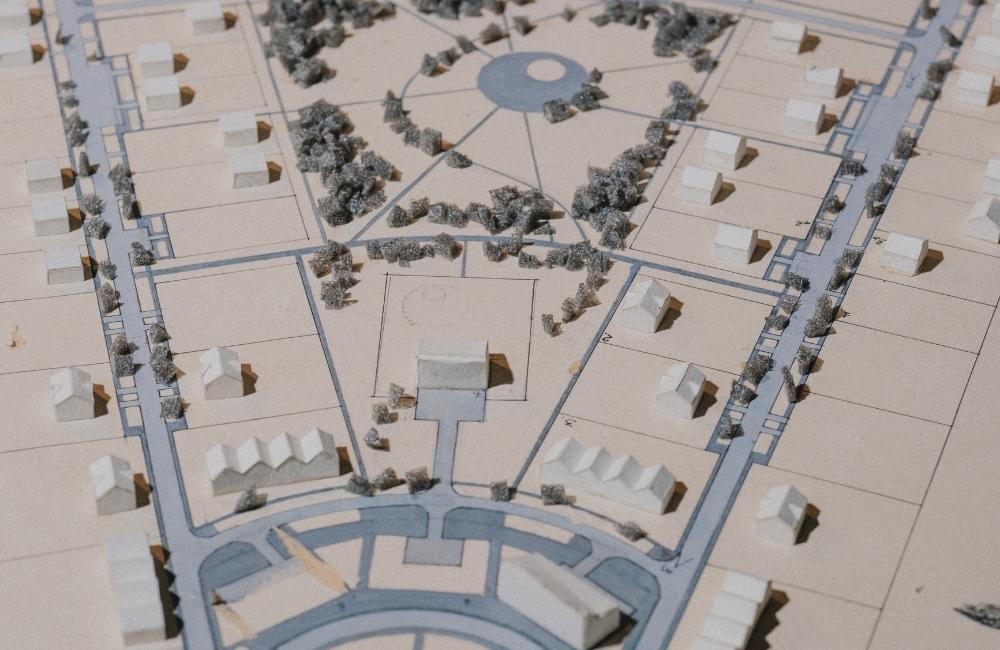
Eastern
The East remains one of the most expensive regions for commercial construction due to high labor costs and stringent building codes. Costs typically range from:
- High-Rise Offices: $688 - $827 per square foot.
- Malls: $309 - $554 per square foot.
- Hotels: $200 - $590 per square foot.
Midwest
The Midwest offers some of the most affordable construction costs in the country, primarily due to lower labor rates and material availability. Average costs include:
- Mid-Rise Offices: $454- $556 per square foot.
- Malls: $284 - $507 per square foot.
- Hotels: $180 - $500 per square foot.
South
Southern states, particularly Texas and Florida, show moderate construction costs, influenced by lower labor rates but increasing demand:
- High-Rise Offices: $545 - $654 per square foot.
- Malls: $245 - $439 per square foot.
- Hotels: $175-$390 per square foot.
West
The West Coast, particularly California, has some of the highest construction costs due to seismic code requirements and high labor expenses:
- High-Rise Offices: $557 - $730 per square foot.
- Malls: $261 - $575 per square foot.
- Hotels: $180-$425 per square foot.
| DISCLAIMER:
The commercial construction cost estimates are general national averages and may differ significantly based on project size, scope, location, and selected materials. These figures do not represent Claris Design•Build’s pricing in any specific region. For a precise quote tailored to your project’s unique requirements, please contact Claris Design•Build directly. |
How to Accurately Estimate Your Commercial Construction Costs
Conduct Thorough Site Assessments
Comprehensive site assessments help identify potential challenges early on, such as soil conditions, zoning requirements, and environmental considerations. This proactive approach minimizes unexpected expenses and project delays.
Utilize Cost Estimation Software
Modern software tools allow for precise cost forecasting by integrating material costs, labor rates, and project timelines. Using such tools reduces the likelihood of budget overruns.
Collaborate with Professionals
Engaging architects, project managers, and cost estimators from the onset ensures accuracy in budgeting and planning. Their expertise helps navigate complex regulatory requirements and optimize project efficiency.
Include Contingencies
A contingency budget of 10-20% of the total cost is essential to accommodate unforeseen issues, including material shortages or changes in project scope. This financial cushion prevents delays and cost overruns.
Stay Updated with Market Trends
Regularly monitoring the construction industry’s economic outlook helps predict potential cost increases. Subscribing to industry reports and engaging with local construction associations are effective strategies.
Frequently Asked Questions
How are technological advancements impacting commercial construction costs in 2025?
Technological innovations, such as modular construction and Building Information Modeling (BIM), are significantly improving efficiency and reducing costs in the commercial construction industry. Modular construction can decrease project timelines by up to 50% and reduce total costs by around 20%, making it a popular choice for developers. Additionally, BIM minimizes design errors and rework, saving both time and money throughout the construction process.
What role do interest rates play in commercial construction financing in 2025?
Elevated interest rates in 2025 are significantly increasing borrowing costs, putting pressure on project budgets and financing strategies. Developers are finding it more challenging to secure favorable loan terms, leading to higher overall expenses. As a result, some projects are being delayed or scaled down to accommodate increased financial burdens.
How does sustainability influence construction costs in 2025?
Sustainability continues to be a driving factor in modern construction, with many projects adopting eco-friendly practices to meet regulatory and market demands. While integrating sustainable materials and energy-efficient systems can raise initial costs by 5-10%, these investments often lead to long-term savings through reduced energy consumption and operational expenses. Additionally, sustainable buildings tend to attract higher property values and increased tenant interest, making them a worthwhile investment.
What are some strategies to reduce commercial construction costs in 2025?
To manage rising costs, developers are increasingly adopting cost-saving strategies such as value engineering and using local, readily available materials. Implementing prefabrication and modular construction techniques not only reduces labor costs but also speeds up project completion. Investing in energy-efficient systems can also lower long-term operational expenses, helping to offset initial construction investments.
How are supply chain disruptions affecting construction costs in 2025?
Supply chain challenges that emerged in previous years continue to disrupt the construction industry, causing delays and material shortages. These disruptions lead to increased costs for essential materials like steel, lumber, and concrete, pushing project budgets higher than anticipated. Developers are adopting strategies such as bulk purchasing and diversifying suppliers to mitigate these impacts and keep projects on track.
Partner with Claris Design•Build for Your Next Commercial Construction Project!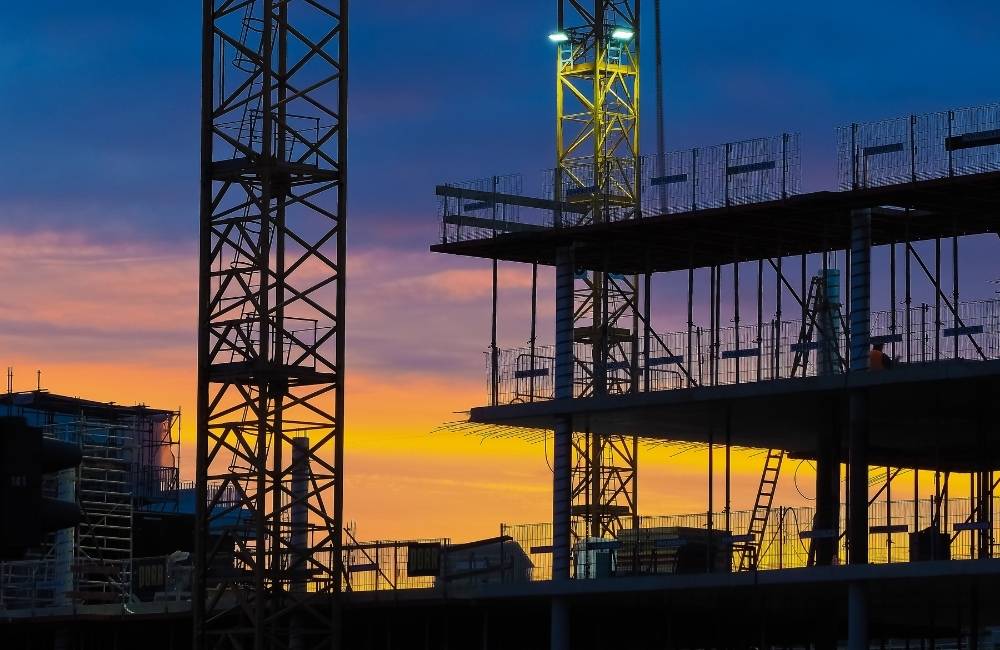
When it comes to navigating the complexities of commercial construction in 2025, you need a trusted partner who understands the latest cost trends and industry best practices. Claris Design•Build is your go-to expert for delivering high-quality, cost-efficient commercial projects. Whether you’re planning a new office building, a healthcare facility, an industrial warehouse, or a retail space, Claris Design•Build has the expertise to bring your vision to life.
From pre-construction planning to design-build execution, Claris Design•Build offers comprehensive services that streamline your project and maximize value. Our dedicated team of professionals ensures that every detail is managed with precision, minimizing risks and optimizing efficiency.
Ready to take the next step? Contact Claris Design•Build today to discuss your commercial construction needs and get started on building a successful future!



